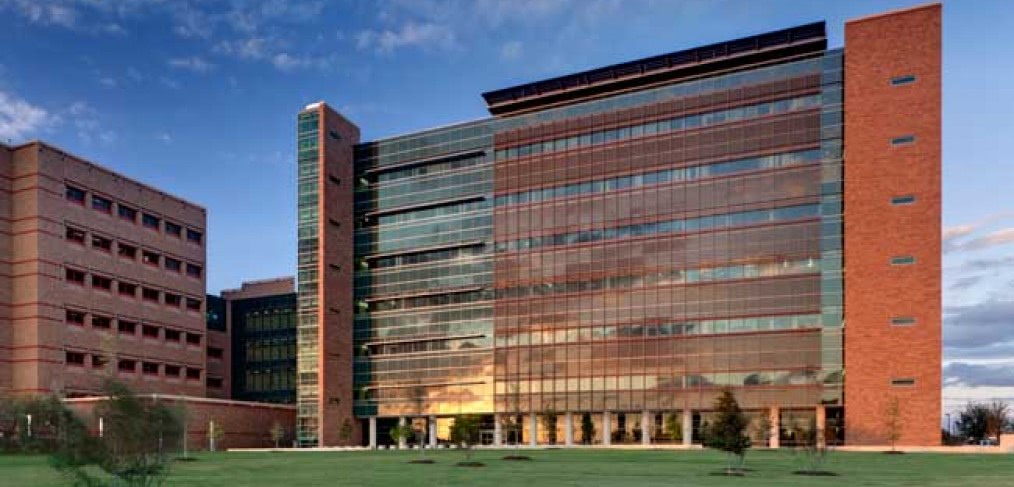
The Economic Power of Design
Architecture has no value.
At least that’s how it’s often perceived. “Simply put,” design critic Lars Lerup once lamented, “architecture has no value at worst and esoteric value at best—value only in the eye of the beholder.”
The recession seemed to prove as much. As was widely reported after 2008, architects were hit hardest by unemployment, and five years later the profession is just beginning to show signs of life. When times are hard, construction comes to a grinding halt. Why? When people feel squeezed for cash, they still hire doctors, lawyers, and accountants. Why not architects? Because architecture is perceived to be a luxury, not a necessity—the icing, not the cake. As Lerup put it, architects don’t know how to put a dollar value to what we do.
But now we do.
The Global Built Asset Performance Index, just released by RTKL’s parent company, ARCADIS, estimates that buildings represent an average of 40 percent of a nation’s GDP and up to 60 percent in some cases. Across thirty countries studied in 2013, the built environment, including all architecture and infrastructure, adds up to US$27.1 trillion—or nearly $1 trillion per country. The US hit $5.6 trillion last year, a staggering number for an industry supposedly in decline. In China this year, built assets are anticipated to reach $7.4 trillion, the highest for any single economy.
These figures shouldn’t surprise anyone. According to Architecture 2030, construction accounts for over half the economy in the US: “Virtually every U.S. industry … depends on the demand for products and services generated by the construction industry.” After all, we measure economic health by the number of housing starts.
Moreover, a single building can jump-start a whole economy. According to the Economist, in the first three years after the Guggenheim Museum was built there in 1997, tourism in Bilbao, Spain, accounted for over $110 million in new taxes for the regional government, enough to recoup the construction costs and leave something over. And after the iconic Seattle Public Library opened in 2004, attendance tripled and profit margins for neighboring businesses rose 50 percent. “It’s been insane,” one retailer told a local newspaper. “I had no idea the impact would be this big. It’s a bit like having Disneyland across the street.”
So, architecture already has an enormous economic impact—but it can have significantly more.
Studies repeatedly show that incorporating standard green practices such as energy efficiency can increase a building’s property value by over ten percent. Apply that to all the built assets in the ARCADIS report, and their potential worth increases by nearly $300 billion. That’s more than the entire GDP of Denmark—and many other countries.
If ever there were a clear argument for going green, here it is.

I concur.
Look forward to meeting Norman and Lance.
Interesting Projects.
Cheers,
Good job.